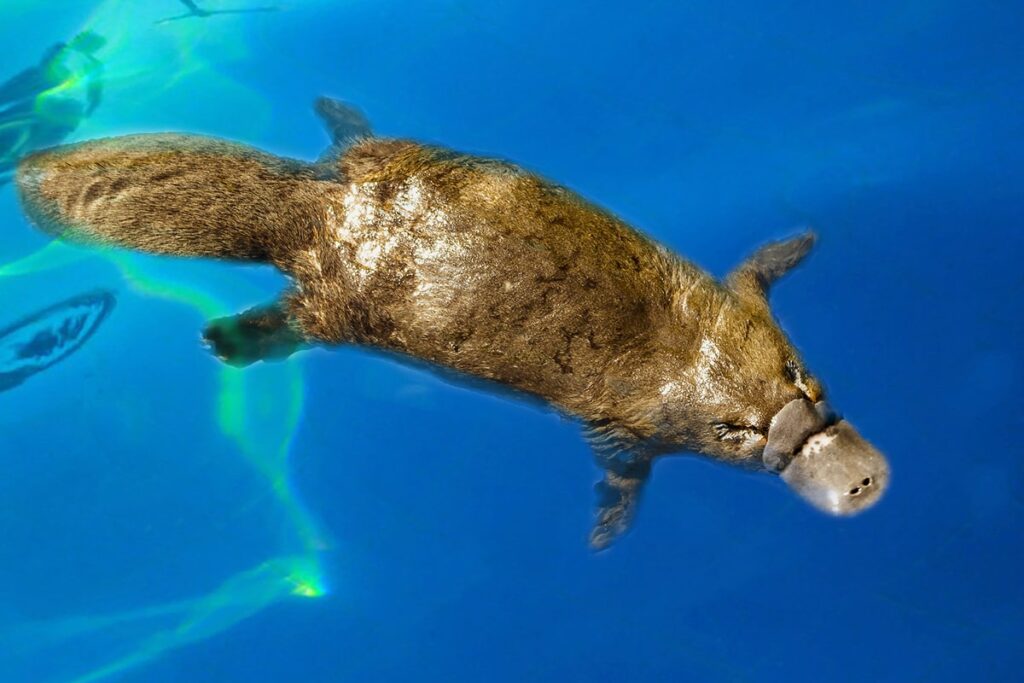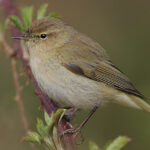Did you know that the platypus is one of nature’s most unique creatures? With its duck-like bill, beaver-like tail, and webbed feet, this fascinating mammal is a true marvel.
In this article, we will explore some mind-blowing facts about the platypus’s habitat, diet, reproductive process, and more. Get ready to dive into the world of the platypus and discover just how extraordinary this creature really is.
1. Facts About Platypus’ Habitat and Distribution
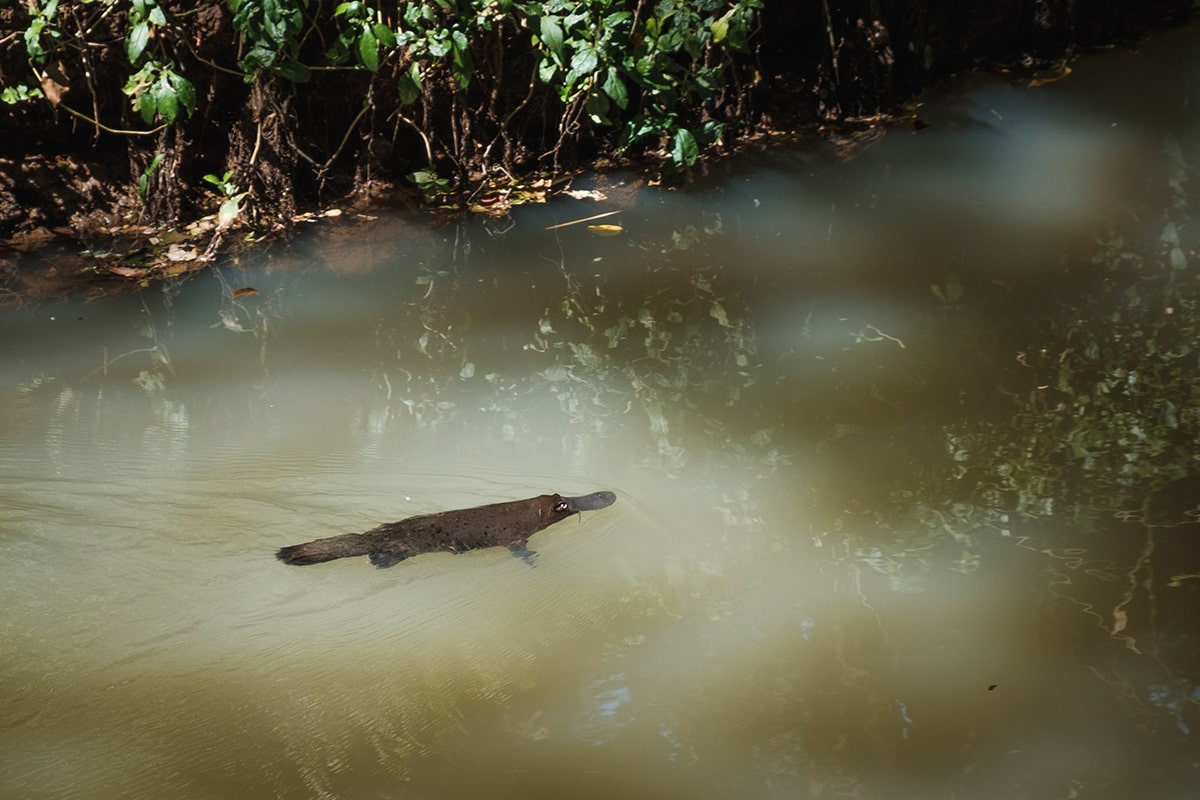
Platypus’ habitat and distribution are fascinating subjects to explore. These unique creatures can be found only in Australia, specifically in the eastern part of the continent. They inhabit freshwater environments such as rivers, streams, and lakes, preferring areas with dense vegetation and plenty of food sources like insects, worms, and crustaceans.
Platypus are also known to dig burrows along the banks of these water bodies, providing them with protection and shelter. Their distribution is limited to certain regions within Australia, including Tasmania, Queensland, and New South Wales.
Due to their elusive nature and preference for nocturnal activity, spotting a platypus in the wild can be quite a challenge. However, their presence in these habitats adds to the richness and diversity of Australia’s wildlife.
2. Physical Characteristics
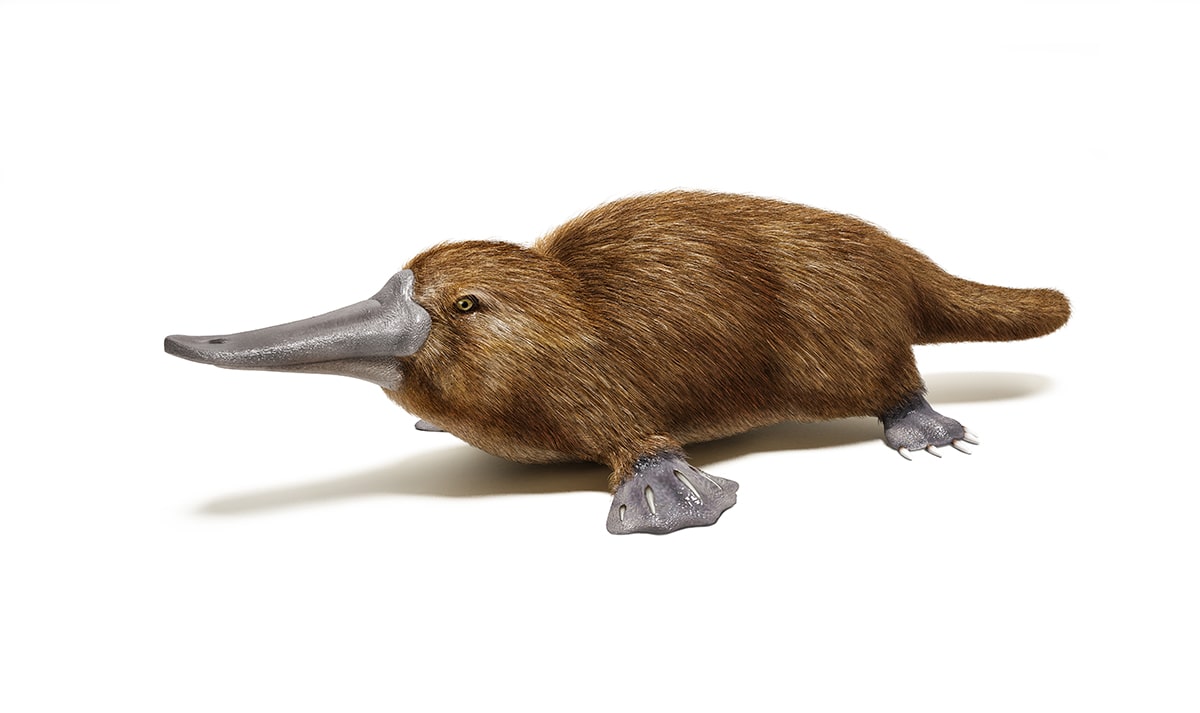
When observing a platypus, you can’t help but notice its unique physical characteristics. One of the most striking features is its duck-like bill, which is flat and soft. The bill is covered in sensitive skin and is used to detect prey in the water.
Another interesting characteristic is the webbed feet, which are perfect for swimming. The platypus also has a dense fur coat that helps it stay warm in the water.
One of the most unusual aspects is that the male platypus has venomous spurs on its hind legs, used mainly during fights with other males. The platypus has a streamlined body shape, with a flat tail that helps with swimming and acts as a storage for fat reserves.
3. Facts About Diet and Feeding Habits
As you learn more about the fascinating world of the platypus, you’ll discover intriguing facts about its diet and feeding habits.
The platypus is a unique creature that mainly feeds on aquatic invertebrates such as insects, worms, and crustaceans. It uses its sensitive bill to detect prey underwater, relying on electroreception to locate its food.
The bill is equipped with receptors that can detect the electrical signals produced by the movement of prey in the water. Once the platypus detects its prey, it captures it using its webbed feet and stores it in special cheek pouches before returning to the surface to consume its meal.
This feeding behavior allows the platypus to adapt to its environment and thrive in its watery habitat.
5. Reproductive Process and Babies
To better understand the unique reproductive process of the platypus, you have to have a basic understanding of the remarkable world of this extraordinary creature. Unlike most mammals, platypuses don’t have a uterus. Instead, the female platypus has two ovaries, but only one is functional at a time.
The process begins with the male platypus producing venom during the breeding season. The female builds a burrow and lines it with leaves and grass, creating a comfortable nesting environment. After mating, the female lays eggs, which are then incubated for about ten days.
The mother curls around the eggs, providing warmth and protection. Once the eggs hatch, the mother feeds the tiny, blind, and hairless platypus babies with milk produced from specialized mammary glands.
This unique reproductive process showcases the incredible adaptations that have allowed the platypus to thrive in its environment.
6. Sensory Adaptations
Continuing from the previous subtopic, let’s explore how the platypus has adapted its senses to thrive in its environment.
The platypus possesses a unique combination of sensory adaptations that allow it to navigate both in water and on land. Its most remarkable adaptation is its electroreception, which enables it to detect the electrical signals produced by the muscles of its prey. The sensitive bill of the platypus is covered in electroreceptors, allowing it to locate small aquatic creatures hidden beneath the surface.
In addition to electroreception, the platypus has a highly developed sense of touch. Its webbed feet are equipped with specialized receptors that help it detect vibrations and changes in water pressure. Moreover, the platypus has acute hearing and can even close its ears and eyes underwater to protect them.
These sensory adaptations enable the platypus to excel in its aquatic lifestyle and hunt effectively in the dark and murky waters.
7. Behavioral Traits of Platypus
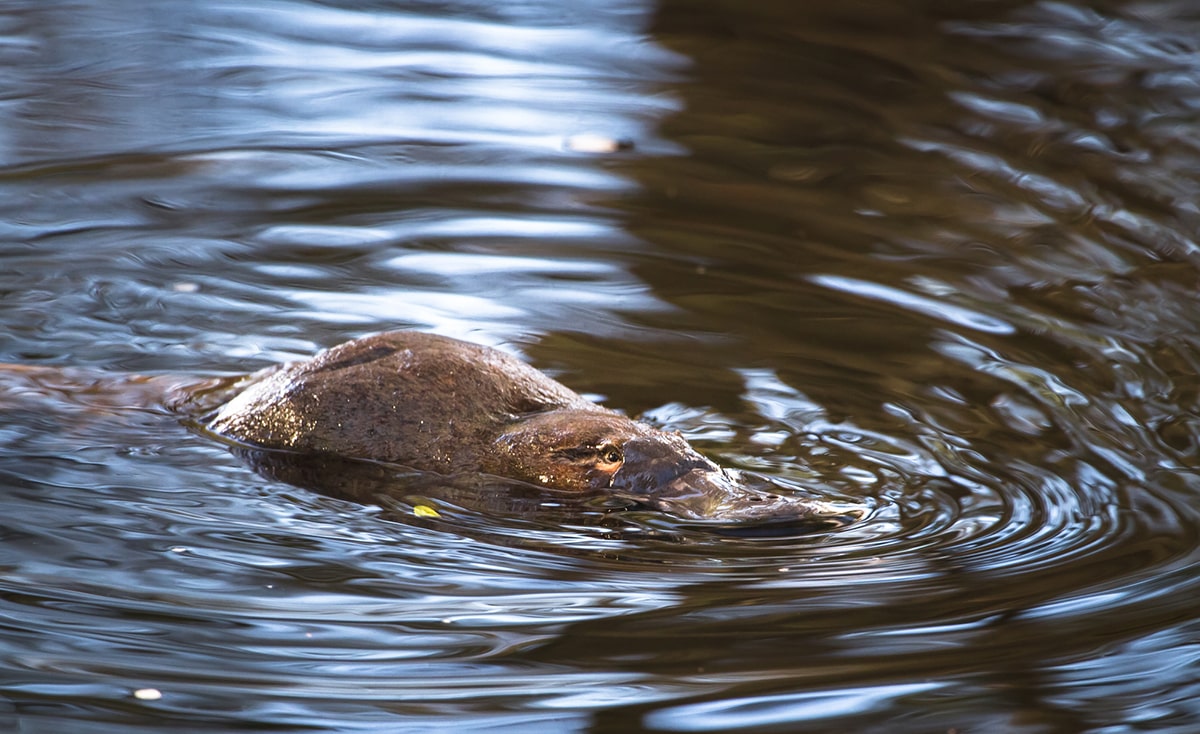
Moving from its sensory adaptations, let’s now look into the behavioral traits of the platypus, specifically in terms of how it interacts with its environment.
The platypus is a semi-aquatic creature that spends most of its time in water, using its webbed feet and powerful tail to swim gracefully.
It’s a solitary animal and prefers to live alone, only coming together with others during mating season.
The platypus has a unique hunting behavior, using its sensitive bill to detect electrical signals produced by prey in the water.
It dives underwater to catch small invertebrates, such as insects and crustaceans, and stores them in special cheek pouches to consume later.
The platypus also has a burrow where it rests and takes care of its young, showing its nurturing side.
8. Predators and Threats
Now let’s explore the predators and threats that the platypus faces in its environment.
Despite its unique appearance, the platypus isn’t exempt from dangers. One of its main predators is the introduced red fox. These cunning predators have been known to pose a significant threat to the platypus population.
Other predators include large birds of prey, such as eagles and hawks, which can swoop down and snatch a platypus from the water. Additionally, snakes, such as the tiger snake, can also be a threat to the platypus.
The destruction of their natural habitat due to deforestation, pollution, and climate change is another major concern. These threats have led to a decline in the platypus population, making conservation efforts crucial to ensure their survival in the wild.
9. Conservation Status Facts
To address the decline in the platypus population, you must understand the current conservation status facts.
The platypus is classified as ‘Near Threatened’ on the IUCN Red List, indicating a high risk of extinction in the wild. The main factors contributing to this status are habitat loss, degradation, and pollution.
Human activities such as dam construction and land clearing have resulted in the destruction of their natural habitats. Additionally, pollution from agriculture, mining, and urban development has contaminated the water systems, affecting the platypus and their prey.
Climate change also poses a threat, as it alters their habitat and affects their ability to find food.
To protect the platypus, conservation efforts focus on habitat restoration, reducing pollution, and implementing sustainable land-use practices. Public awareness and education are also crucial in ensuring the survival of this unique species.
10. Evolutionary History
As you look into the evolutionary history of the platypus, it’s important to understand how this unique creature has adapted and survived over millions of years. The platypus is considered a living fossil, with its lineage dating back over 100 million years.
It belongs to a group of mammals called monotremes, which are the only mammals that lay eggs. The platypus shares common ancestry with reptiles and birds, which explains its unusual combination of features. Its duck-like bill, webbed feet, and ability to produce venom are all adaptations that have helped the platypus thrive in its environment.
Over time, these adaptations have allowed the platypus to successfully hunt for food in freshwater streams and burrow in riverbanks.
The evolutionary history of the platypus is a testament to its remarkable ability to adapt and survive in changing environments.
11. Cultural Significance
Continuing the exploration of the platypus’s evolutionary history, let’s consider its cultural significance, highlighting how this unique creature has influenced human perception and inspired various forms of art and literature.
The platypus, with its bizarre combination of features, has captivated the human imagination for centuries. In indigenous Australian cultures, the platypus holds deep spiritual significance, symbolizing a connection between the land and water.
In Western societies, it has become a symbol of uniqueness and adaptability. Its peculiar appearance and behavior have inspired artists, writers, and scientists alike. From ancient cave paintings to contemporary literature, the platypus has been a subject of fascination and curiosity.
Its inclusion in popular culture, such as cartoons and mascots, further demonstrates its cultural impact. The platypus’s cultural significance serves as a reminder of the wonders of nature and the endless possibilities of evolution.
12. Research and Scientific Discoveries
You’ll be amazed by the numerous scientific discoveries made about the platypus. Scientists have been studying these unique creatures for centuries, and their findings continue to astound and intrigue.
One of the most fascinating discoveries is the platypus’s ability to sense electrical fields produced by its prey. They’ve specialized receptors in their bills that allow them to locate prey in murky water, making them highly efficient hunters.
Additionally, researchers have uncovered the platypus’s ability to produce venom, making it one of the few venomous mammals. This venom is used in competition with other males during mating season.
The discovery of the platypus’s ability to lay eggs and nurse their young has challenged our understanding of mammalian reproduction.
These scientific breakthroughs have shed light on the extraordinary adaptations and evolutionary history of the platypus, making it a truly remarkable creature.
13. Other Fun Facts About Platypus
Did you know that the platypus is one of the few mammals that can both swim and walk? This unique creature has webbed feet and a beaver-like tail, making it an excellent swimmer. In fact, the platypus spends most of its time in the water, using its webbed feet to paddle and its tail to steer.
However, when it comes to land, the platypus can also move around quite comfortably. It uses its front feet to dig burrows and its hind feet to walk or hop on land. This ability to adapt to both land and water is what makes the platypus truly fascinating. It’s like having the best of both worlds!

